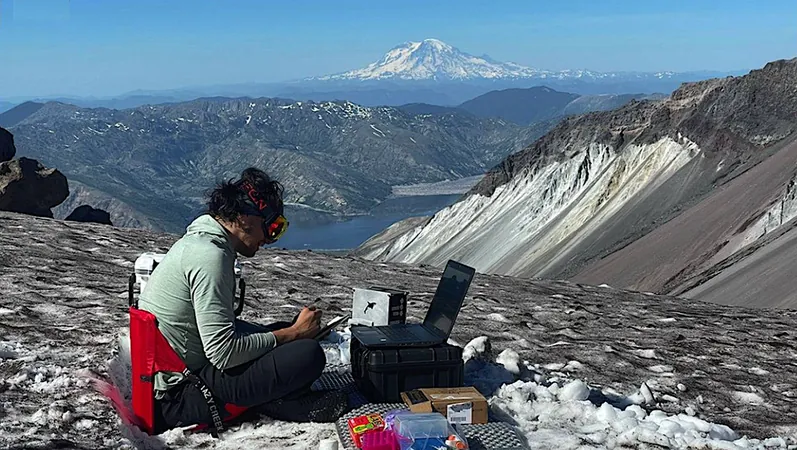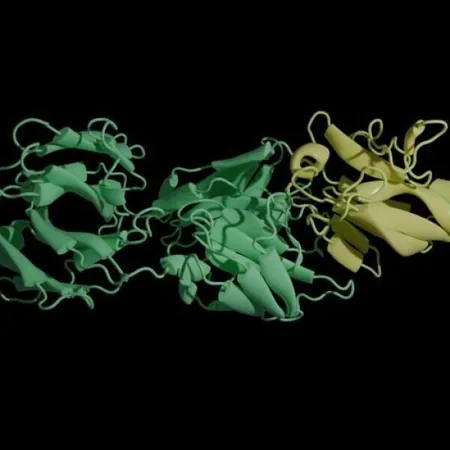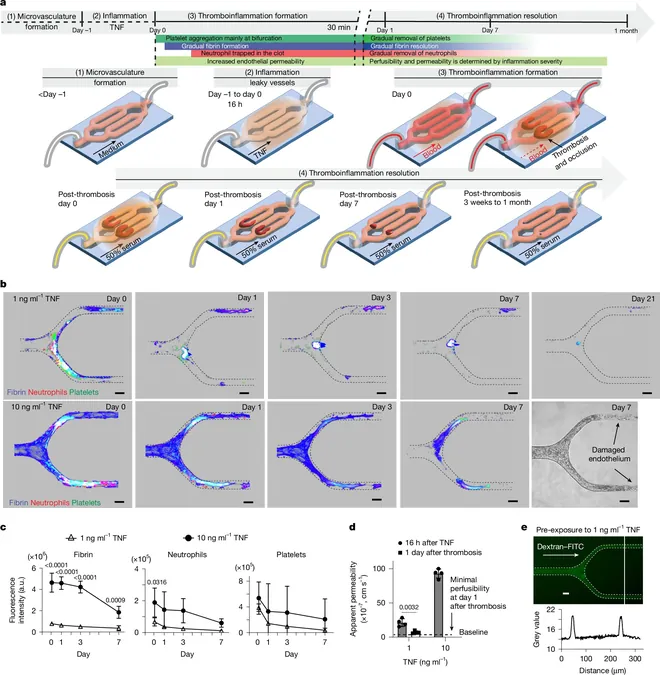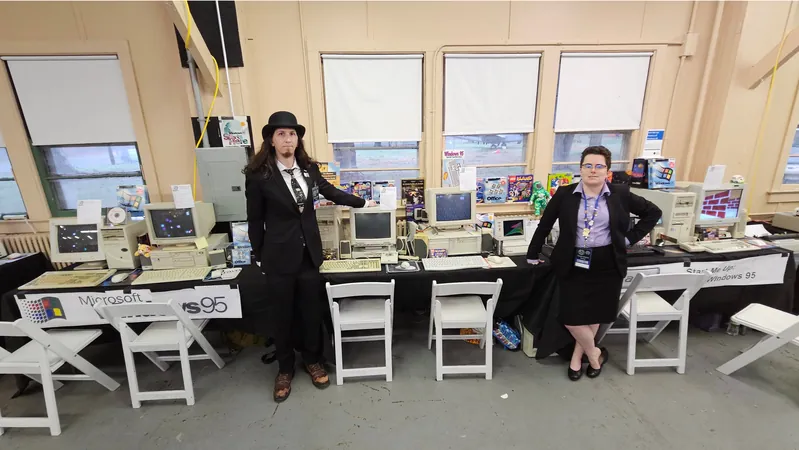
Revolutionary Strontium Isotope Map Unlocks Secrets of Sub-Saharan Africa!
2025-01-06
Author: Li
Introduction
In a groundbreaking development, a dedicated team of researchers from UC Santa Cruz has unveiled a cutting-edge strontium isotope map that offers unprecedented insights into the geological landscape of Sub-Saharan Africa. This innovative map, now readily available to the public, has the potential to transform fields ranging from archaeology to forensic science, providing a unique tool for identifying the origins of artifacts, remains, and even trafficked wildlife.
Significance and Applications
For the first time, this bioavailable strontium isotope map illustrates predicted strontium isotope ratios across much of Sub-Saharan Africa, helping experts trace back artifacts and biological materials to specific regions of origin. By matching isotopic signatures, scholars can delve deeper into critical historical narratives, including the transatlantic slave trade, which has left a lasting impact on African communities, as well as evolving wildlife trafficking issues that threaten biodiversity.
Research Background
The study, published in the prestigious journal Nature Communications, represents the culmination of over a decade of collaborative effort involving over 100 scientists and the analysis of more than 2,000 samples collected from various regions. The lead author, UC Santa Cruz postdoctoral fellow Xueye Wang, emphasized the map’s role in reconnecting descendants of enslaved individuals to their ancestral roots—a quest for heritage that remains vital today.
Heritage and Cultural Significance
One of the vital questions for the descendants of enslaved people is understanding their heritage. Wang stated, "Our findings could help pinpoint if an individual hailed from, say, the Angolan Plateau or the southern coast of Ghana, revealing the rich cultural histories that have shaped their ancestors' lives."
Methodology
The methodology utilized in creating the map is equally impressive. Using advanced computer modeling, the researchers integrated predictive variables alongside isotopic data collected from a variety of sources, including soils, plants, and animal remains. This rigorous process addressed long-standing data deficiencies in the region, particularly in Western and Central Africa, where in the past only a couple of data points existed.
Challenges in Research
Professor Vicky Oelze, the project’s visionary and a senior author of the study, noted the challenges faced in gathering samples due to logistical hurdles and the impacts of armed conflict in some areas. This unique interdisciplinary project, however, has opened new avenues for research and understanding of Africa's diverse geology—a treasure trove for future studies.
Contemporary Relevance
Beyond historical implications, the map carries substantial contemporary relevance, particularly in combatting wildlife trafficking. By analyzing seized animal parts for their strontium isotope ratios, conservationists and enforcement agencies can potentially identify hotspots for illegal poaching activities, enabling more effective interventions.
Forensic Applications
Moreover, the map could serve as a forensic tool for analyzing the remains of migrants who tragically lose their lives attempting to cross the Mediterranean Sea. Tracing their origins through isotopic analysis could lead to a more dignified repatriation process.
Future Directions
With aspirations to fill remaining data gaps in understudied regions like the Sahel, Sudan, and Mozambique, the team remains committed to expanding the map’s reach and utility. Oelze highlighted the importance of ongoing collaboration with local archaeologists to enrich the dataset further.
Conclusion
This ambitious map not only has the power to reshape historical narratives but also serves as a beacon of hope for marginalized voices, reaffirming cultural identities that were once silenced. As awareness grows regarding the pioneering applications of strontium isotopes, the ripple effects of this revolutionary work continue to unfold, promising to make an indelible impact on both present and future generations.






 Brasil (PT)
Brasil (PT)
 Canada (EN)
Canada (EN)
 Chile (ES)
Chile (ES)
 Česko (CS)
Česko (CS)
 대한민국 (KO)
대한민국 (KO)
 España (ES)
España (ES)
 France (FR)
France (FR)
 Hong Kong (EN)
Hong Kong (EN)
 Italia (IT)
Italia (IT)
 日本 (JA)
日本 (JA)
 Magyarország (HU)
Magyarország (HU)
 Norge (NO)
Norge (NO)
 Polska (PL)
Polska (PL)
 Schweiz (DE)
Schweiz (DE)
 Singapore (EN)
Singapore (EN)
 Sverige (SV)
Sverige (SV)
 Suomi (FI)
Suomi (FI)
 Türkiye (TR)
Türkiye (TR)
 الإمارات العربية المتحدة (AR)
الإمارات العربية المتحدة (AR)